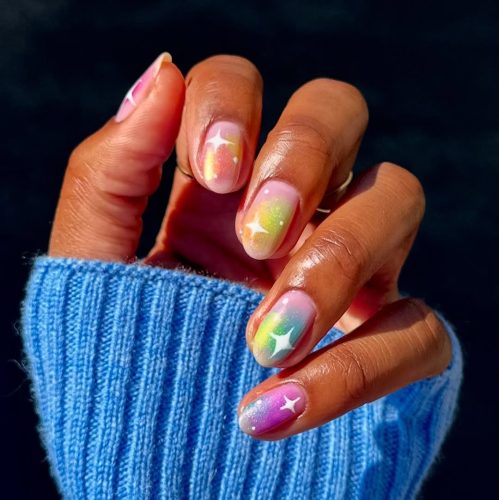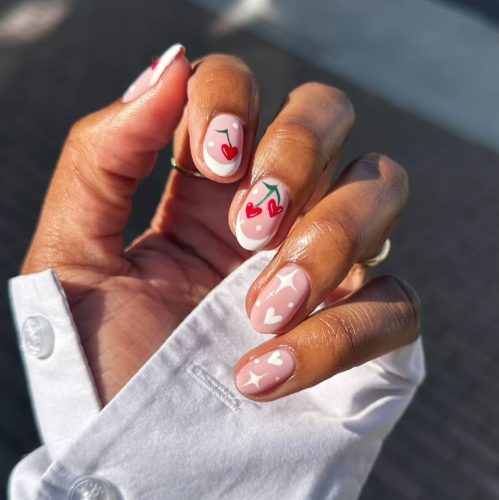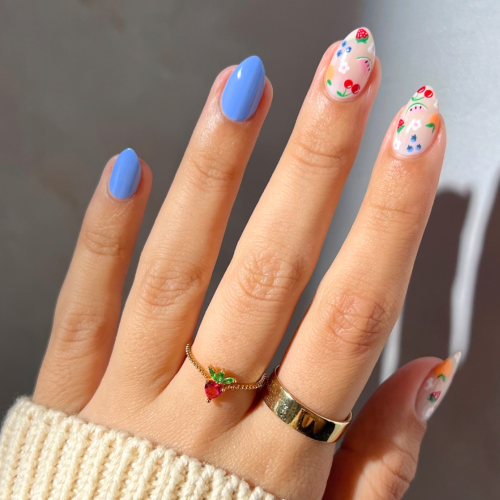What every woman needs to know about her skin-care routine
An aesthetician breaks down the various benefits of each component of your skin-care routine—and explains the differences.
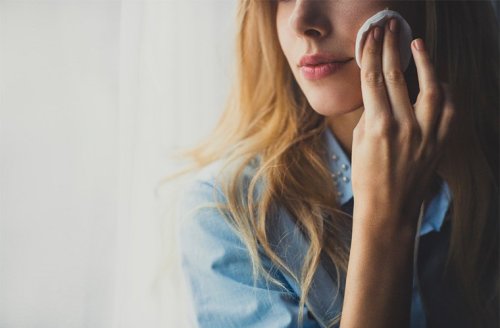
Real talk: Skin care is complicated. Though you may have balms, oils, serums, and moisturizers—which all on paper seem to do the same thing (namely, nourish your skin)—are you actually using them incorrectly?
Your army of beauty products are not interchangeable (though you can choose either a balm or a moisturizer, and an oil over a serum)—all of these different bottles actually address different needs. Just like your body requires various nutrients to aid the full range of bodily functions (like probiotics for a healthy gut or turmeric to fight inflammation), each component of your skin-care regimen has its own special benefit. (So tell that to your significant other who rolls his or her eyes whenever you add another oil to your makeup bag.)
“To really see improvements with your skin, you need to use products targeted for different skin issues.”
“To really see improvements with your skin, you need to use products targeted for different skin issues,” says Cara Peloso, aesthetician and healer at CAP Beauty. “Using one serum or one oil blend can’t do it all. So a complete regimen would ideally mean layering on products of different weights to address different things.”
For a rule of thumb when navigating your beauty bag, Peloso says to go by the weight of the product—from the lightest to heaviest. “Generally, you cleanse and tone, and follow that with a serum, an oil, then moisturizer or balm.”
So, no—you don’t have too many products in your routine. You just need to make sure the ones you’ve got are maximizing your glow goal.
Here’s your guide to skin-care essentials—and what exactly they do.

Serum: the workhorse
This is what you want to splurge on, according to Peloso. Serums are where the magic happens (hence why they tend to be pricier than other skin-care items).
The aesthetician points out that these are usually water-based and gel-like. “They specifically protect against moisture loss, improve your skin’s barrier function, and promote good bacteria on your face,” she explains. Serums also really help with cellular turnover (yes, that’s a good thing). The texture is light and absorbent, and can take the place of a moisturizer if you have really oily skin.
When shopping for a serum, look for one that targets your biggest complexion need—since, as Peloso explains, they “cater to your specific skin concerns, whether it’s hyperpigmentation, anti-aging, acne, anything.” And, she notes, serums can be a transport system, meaning that they intensify what you put on afterwards.

Oil: the glow-inducer
You know how adding oil to an old piece of leather brings it back to life? Peloso likens that to facial oils for your skin. “Oils give you brightness and nourishment,” she says. “They’re typically full of essential fatty acids and vitamins that feed your complexion useful nutrients that’ll give your face that coveted radiance.”
All you need is a couple of drops either mixed in with or right before your moisturizer (or balm). Although you can choose between an oil and a serum, Peloso notes that the latter grants more targeted results while the former helps soften the skin and relieve any flakiness (so together they’re basically a power couple).
There are a plethora of oils to choose from, but among Peloso favorites are grapeseed, black cumin, and safflower for acne-prone skin, and evening primrose, borage, argan, and prickly pear seed for anti-aging benefits.
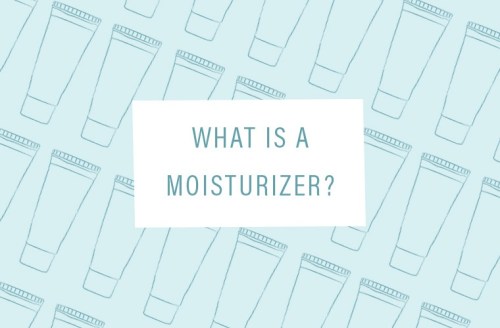
Moisturizer: the hydrator
Yes, a moisturizer is exactly what you think it is: It protects and hydrates your skin. “Whereas serums are more targeted, moisturizers are occlusive and seal the rest of your skin-care [products] in,” says Peloso.
The product is a mixture of oil and water, and tends to have either a shea butter, beeswax, or soy wax within it to keep the formula thick and binded, she says.
“These you layer on—feel free to apply a generous amount,” notes Peloso. Choose between a moisturizer and a balm as the final step in your skin-care routine—both are more luxe, protective layers of hydration (although balms work double-duty as cleansers, too).
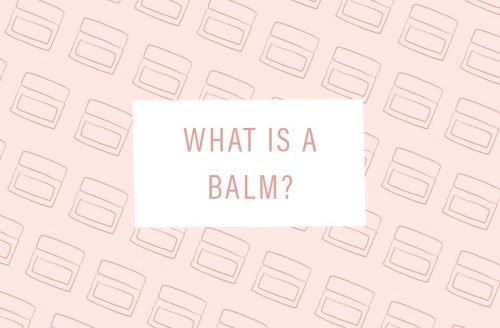
Balm: the protector
Though balms are also occlusive, they differ from moisturizers since they don’t have any water in them. “Balms are like a solid oil that will turn into a liquid oil on your face,” Peloso explains. “You use a very small amount, since they’re concentrated, whereas with moisturizers you use more. They’re great for the winter since they provide a nourishing, protective top layer on your skin.”
Though both a moisturizers and a balm are good for getting that plumped complexion, the latter product is ideal for really dry, flaky skin, periods of acute dryness, or for traveling (that’s because they can work in place of a moisturizer—hello, multitasker!)
And that’s not the only way they do double duty: “Balms also work as a cleanser because they’re very hydrating,” notes Peloso. “You can even leave one on as a mask.”
If you’re ready to shop, these are the best facial oils that fight acne. And these are the 5 best moisturizers (that also have sunscreen!).


